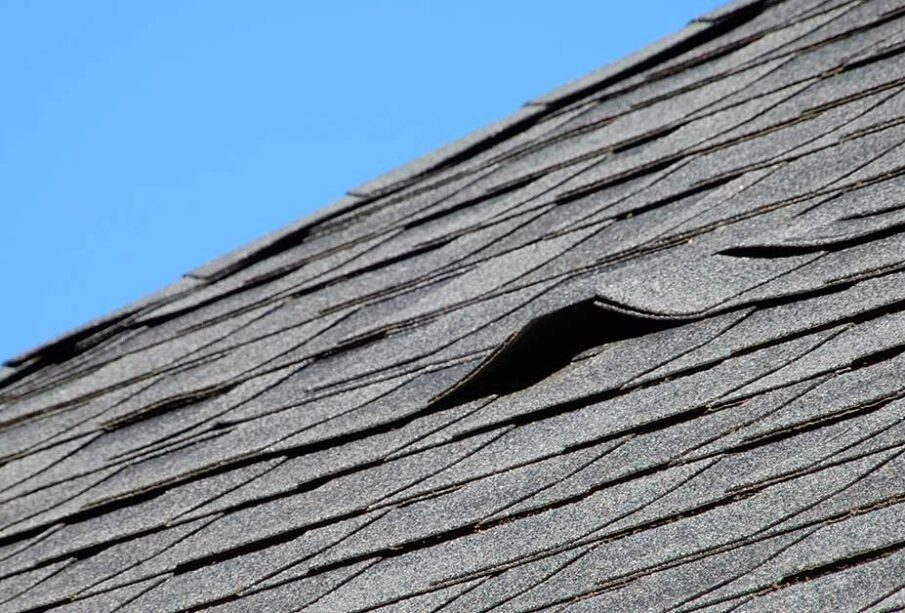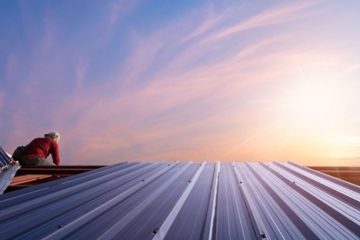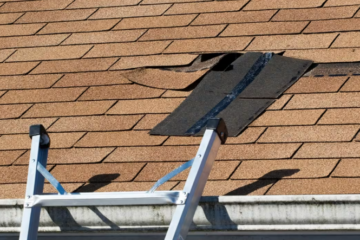Potential Damage to Architectural Shingles from Strong Winds

Architectural shingles, also known as dimensional or laminate shingles, are a type of roofing material that has gained significant popularity due to their enhanced durability and aesthetic appeal. These shingles are crafted from multiple layers of asphalt and fiberglass, creating a distinctive three-dimensional appearance that mimics the look of traditional materials like wood or slate. The layers are bonded together to create a sturdy and resilient roofing option that can withstand various weather conditions.
Architectural shingles offer a range of benefits that have contributed to their widespread use in residential roofing. Their durability, coupled with a longer lifespan compared to standard three-tab shingles, makes them an appealing choice for homeowners seeking a more robust roofing solution. The dimensional design adds depth and texture to the roof, boosting the curb appeal of homes. These shingles are also known for their resistance to UV rays, which helps maintain their color and integrity over time. As they continue to gain popularity among homeowners, architectural shingles have become a sought-after option for those looking to strike a balance between practicality and aesthetic charm in their roofing materials.
The Impact of Strong Winds on Architectural Shingles
The Anatomy of Wind Damage
When powerful winds collide with architectural shingles, a sequence of subtle yet impactful processes unfolds. The shingles’ adhesive strips, designed to secure them in place, can weaken, leading to potential uplift. This leaves your roofing system vulnerable to the relentless forces of wind, which can pry shingles loose and create openings for water infiltration. Furthermore, the constant flexing caused by strong winds can expedite the deterioration of shingle material, shortening their overall lifespan.
Factors Influencing Wind Damage Severity
The severity of wind damage on architectural shingles is not uniform, as various factors interplay to determine the extent of harm. First and foremost, the wind speed itself stands as a primary influencer. Higher wind speeds exponentially amplify the uplift forces exerted on shingles, increasing the likelihood of detachment. The angle at which wind strikes the roof also contributes significantly; winds that hit the roof head-on have a more substantial impact than those that sweep across. Additionally, the quality of shingle installation and the materials used play pivotal roles. A subpar installation leaves gaps and weak points that become easy targets for wind intrusion. Conversely, a well-executed installation bolstered by high-quality materials provides a better defense against wind’s destructive potential.
Common Types of Wind-Related Shingle Damage
Shingle Lifting and Curling
Strong winds can inflict notable harm on architectural shingles, and one prevalent issue is shingle lifting and curling. As gusts escalate, the edges of shingles might start to lift and curl upwards. This exposes the vulnerable underlayers to the elements, potentially leading to water seepage and subsequent internal damage. The lifting and curling can compromise the shingles’ ability to provide a robust barrier against the elements, demanding timely attention to prevent further deterioration.
Shingle Granule Erosion
Another consequence of forceful winds acting on architectural shingles is shingle granule erosion. These granules, often coated with protective minerals, offer shingles added durability and shield against ultraviolet rays. However, strong winds can dislodge these granules, causing them to accumulate in gutters and downspouts, which could affect proper drainage. Granule erosion not only lessens the shingles’ longevity but also impacts their aesthetic appeal, making it crucial to address this issue promptly to preserve the shingles’ functionality and visual appeal.
Preventive Measures and Mitigation Strategies
Proper Shingle Installation Techniques
Begin by preparing the roof’s surface adequately, removing any debris or old materials that might undermine the shingles’ adherence. Employing the correct type of underlayment, such as synthetic or asphalt-saturated felt, serves as a crucial foundation. Nailing the shingles requires precision; positioning them securely with the appropriate number of nails reduces the risk of uplift during storms. Mindful staggering of the shingle courses further bolsters their stability. Lastly, sealing the shingles with an adhesive helps prevent wind-driven rain from infiltrating beneath the shingle layers, fortifying the roof’s overall integrity.
Strengthening Roof Structures to Withstand Wind Forces
Empowering roofs to stand firm against the onslaught of strong winds involves reinforcing the underlying structures. To enhance resilience, consider opting for a higher quality of sheathing, such as plywood or oriented strand board (OSB), which provides a sturdier substrate for shingle attachment. Incorporating additional bracing, like collar ties and rafter anchors, contributes to the structural soundness of the roof. It’s prudent to inspect and enhance the connections between the roof and the home’s framework, using hurricane clips or straps to establish a more robust link.
In the face of strong winds, architectural shingles demonstrate their resilience and durability, providing an effective roofing solution with aesthetic appeal. To safeguard against wind-induced damage, meticulous installation techniques and reinforced roof structures play pivotal roles, ensuring both longevity and protection for homes.
Publisher’s Details:
39899 Balentine Dr Suite 200 – #1007, Newark, CA 94560
(844) 665-2249
atlasroofingpro.com
info@atlasroofingpro.com
In light of the potential damage to architectural shingles from strong winds, it’s crucial to choose a reliable roofing contractor for repairs. Atlas Roofing’s blog post on “How to Choose the Right Roofing Contractor for Your Budget” provides valuable insights. For premier roof repair services in Dublin, CA, Atlas Roofing stands out with their exceptional track record and commitment to delivering the best services.










